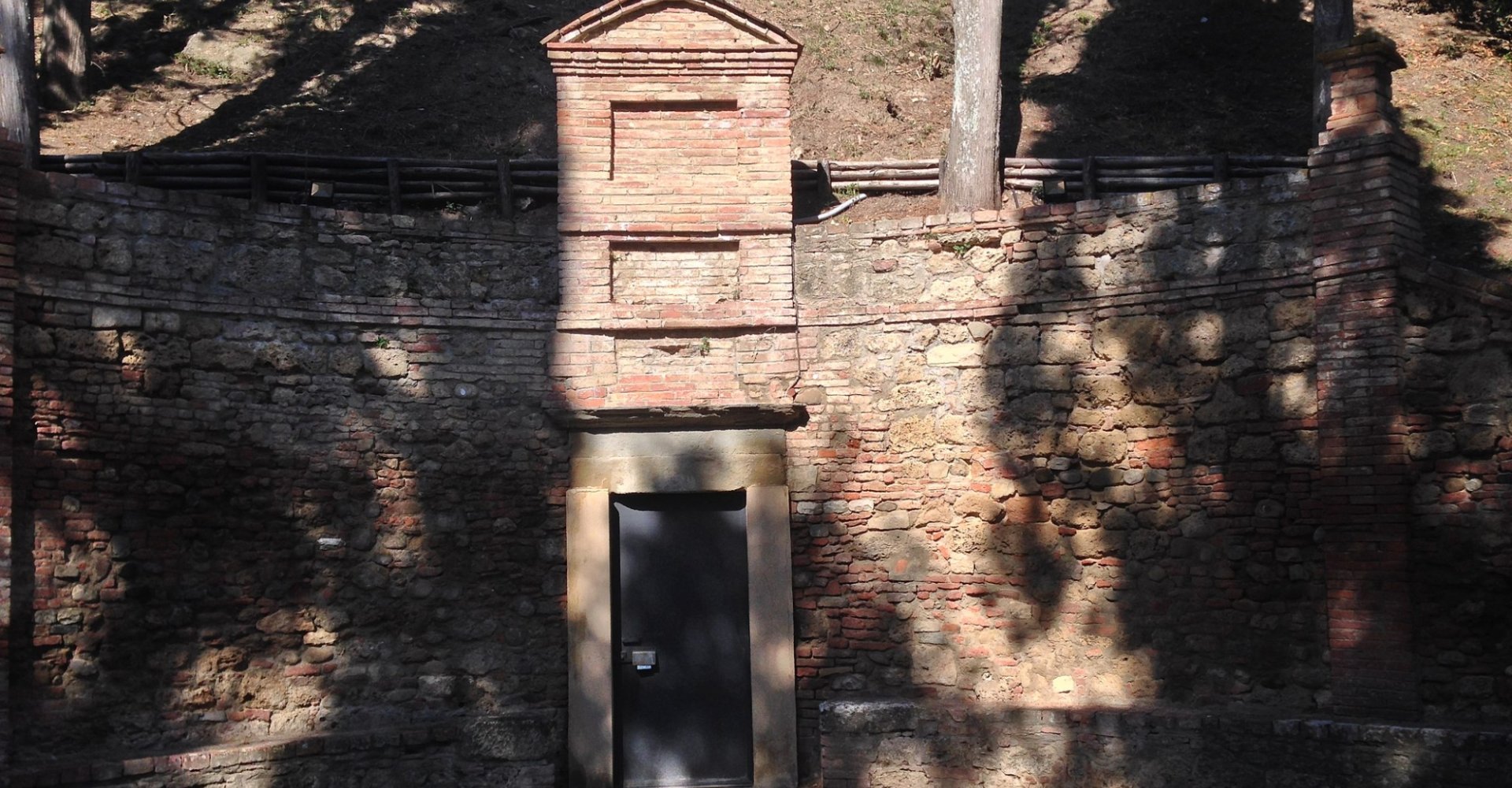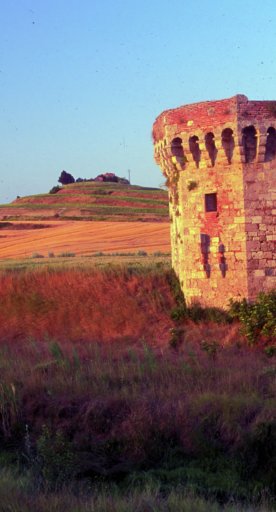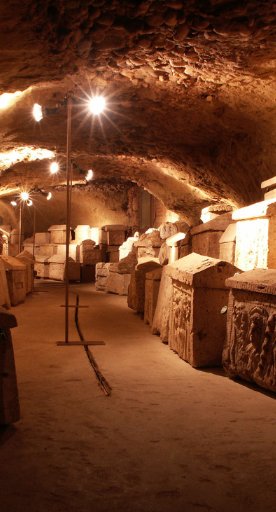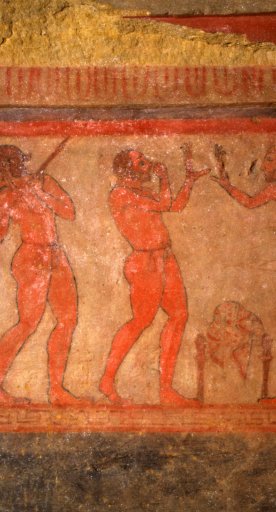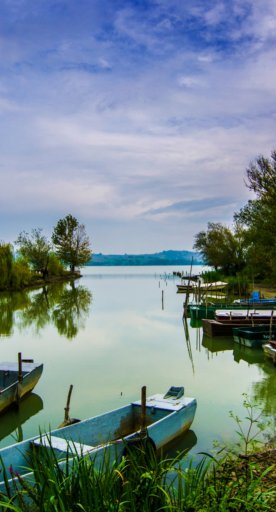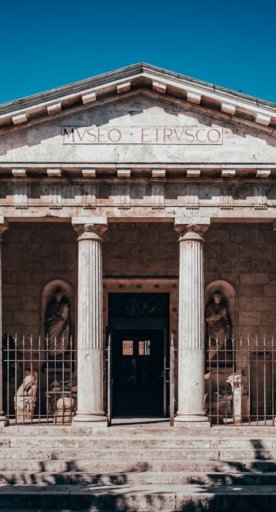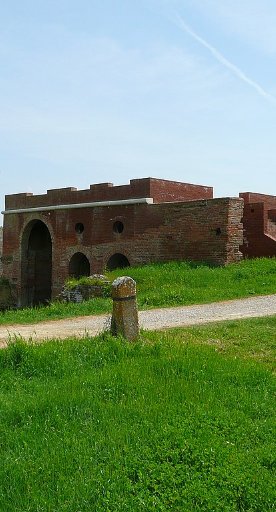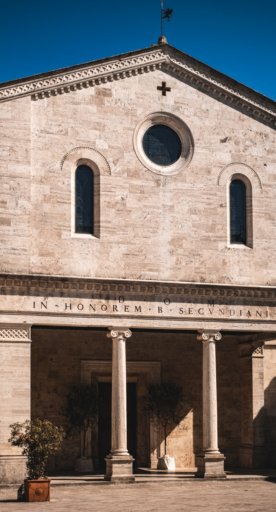Catacomb of Santa Mustiola in Chiusi
Of the three early Christian catacombs in Tuscany, that of Santa Mustiola in Chiusi is the largest one open to the public
The Catacomb of Santa Mustiola is one of three catacombs in Tuscany, along with that of Santa Caterina and that of Pianosa Island, the latter closed to the public. The tomb site, dedicated to the Christian martyr Mustiola, rises a few kilometers from the town of Chiusi and dates back to the 3rd century; its discovery is due to excavations carried out in the first half of the 17th century by a group of Franciscan friars occupied in the construction of a well near their monastery, located on the adjacent hill, not far from where the basilica dedicated precisely to Santa Mustiola once stood.
The catacomb, which you encounter along the way to Lake Chiusi, is carved out of sandstone on the slopes of a hill, and consists of a series of tunnels branching off from the main entrance; the latter, in turn, leads to a basilichetta, a fascinating place of worship of archaic Christian rites.
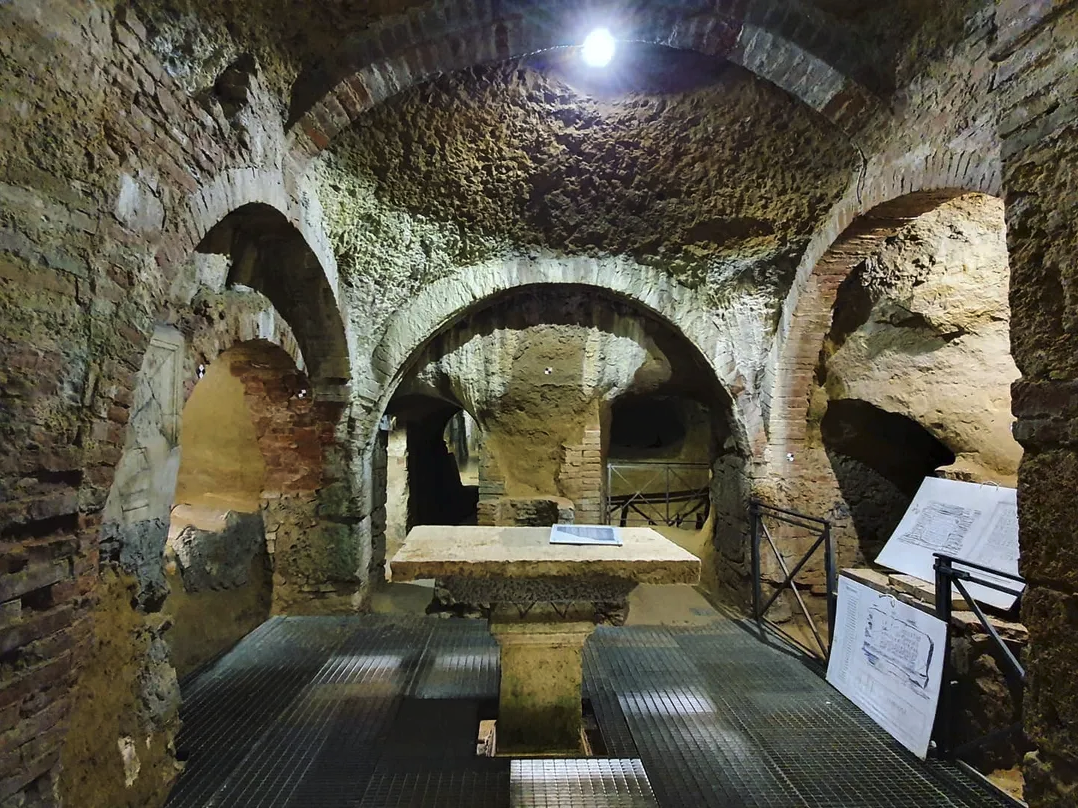
Two main passages have a series of symbols and carvings on their walls; the tombs found there are mostly loculi and arcosolium emplacements, or niches surmounted by a round arch intended to hold sarcophagi, typical of Roman catacombs. Within the catacomb complex of Santa Mustiola, a polysome arcosolium, that is, intended to accommodate the bodies of several deceased persons, stands out for its particularity.
The catacomb contains a crypt where there is an altar and numerous inscriptions, including one that refers to Lucius Petronius Dextrus, the first bishop of Chiusi, who died in the first half of the 4th century; the amount of epigraphic material found inside has led scholars to believe that the catacomb complex was used as a burial place for about one hundred and fifty years, from the third century until the early fifth century.
The catacomb would appear to be the site where St. Mustiola, now the patron saint of Chiusi, was originally interred and buried. The cult of St. Mustiola began in the 4th century. In the 5th century a basilica was dedicated to her, which was destroyed and rebuilt several times until its final demolition during the 19th century. Her remains were transferred to the Co-cathedral of San Secondario, inside which it is possible to admire the cenotaph of the saint.
